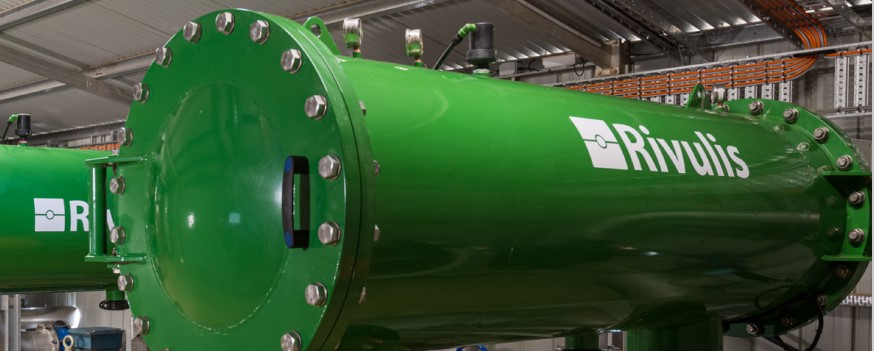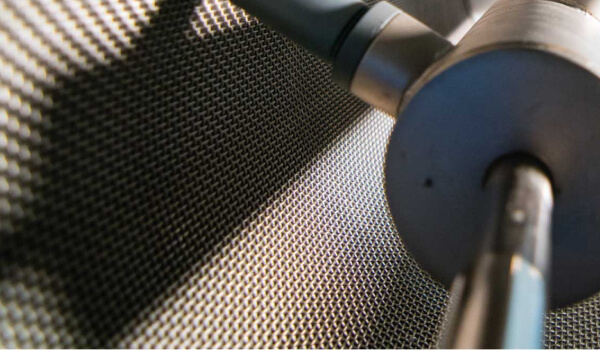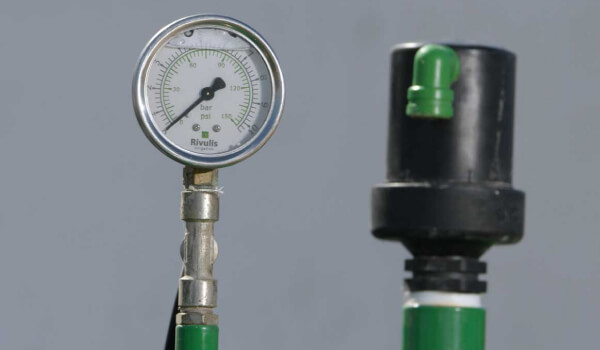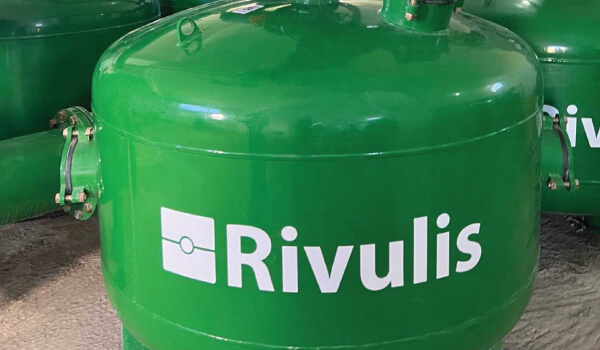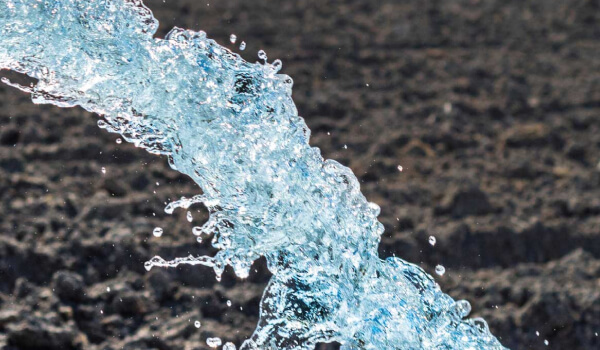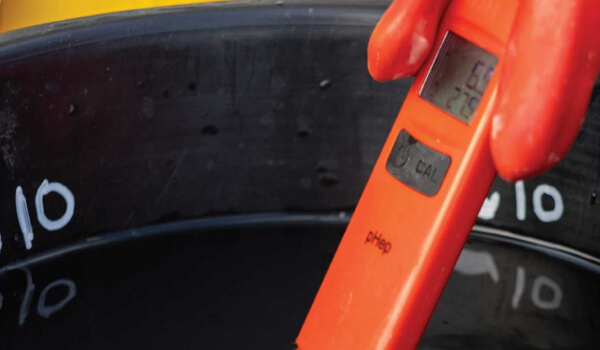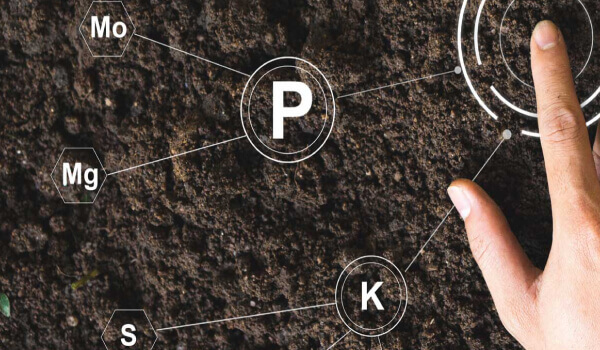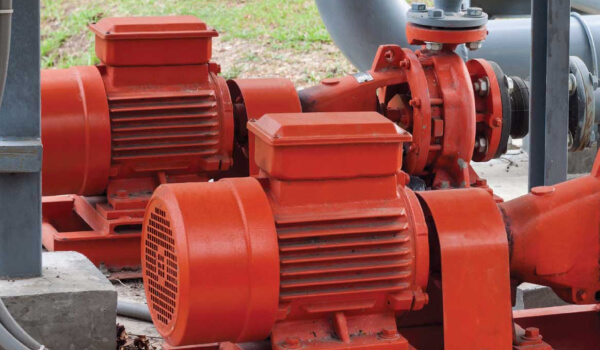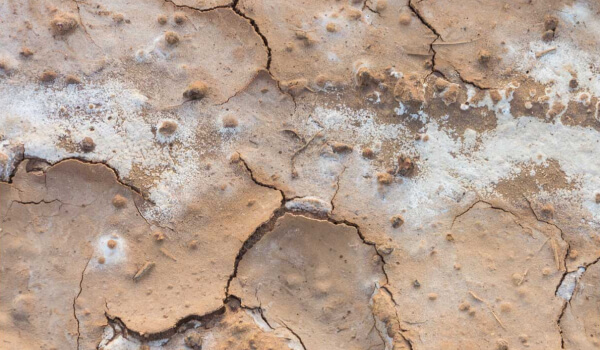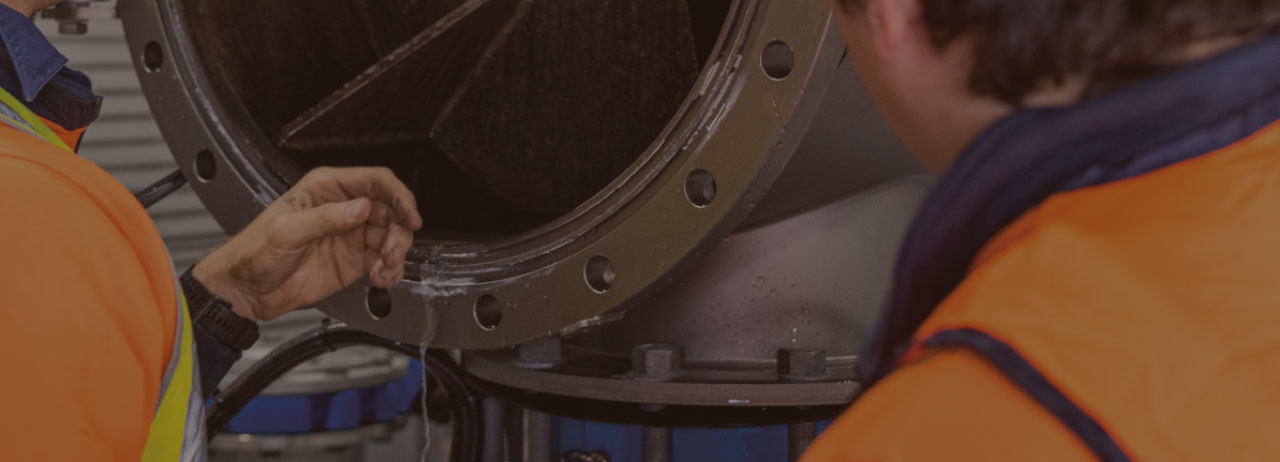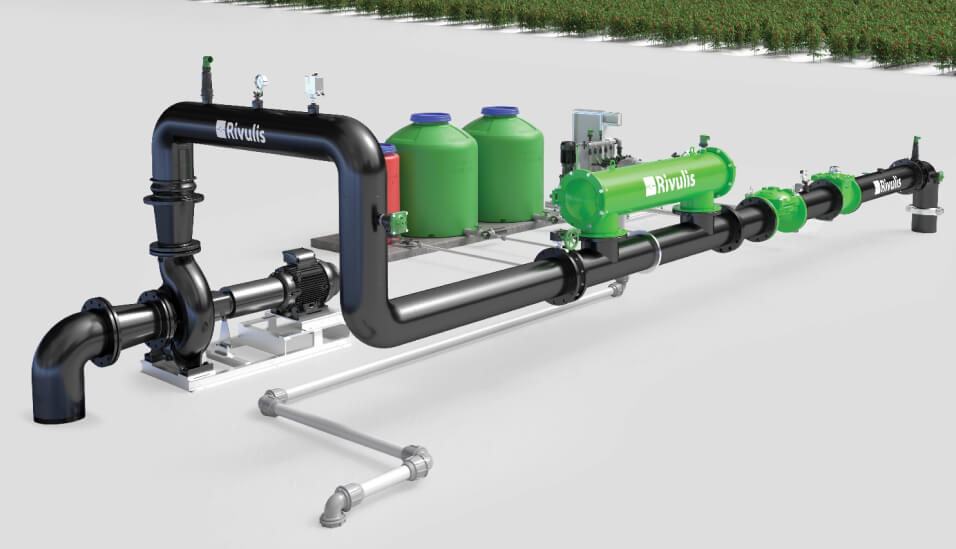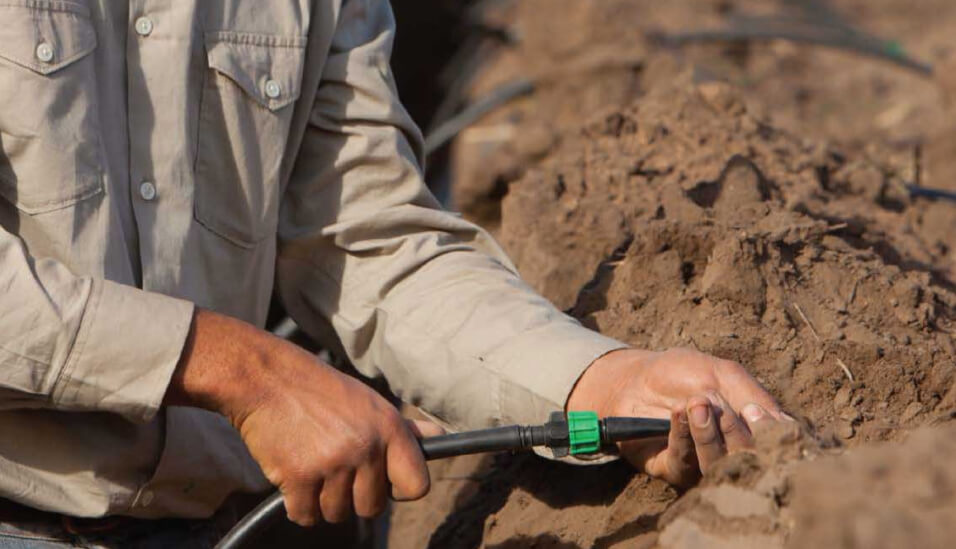Hydrogen peroxide

There are multiple benefits to using hydrogen peroxide. To start, there is no chlorine residue. Any residual hydrogen peroxide turns into oxygen and water. It is also reactive even in higher water pH. Much less peroxide is required when compared to chlorine. Therefore, a much smaller tank and injection pump is required.
However, peroxide is more corrosive, and you need to ensure that the components of your irrigation system can handle it. For this reason, it is generally recommended not to treat the system for more than one hour in high concentrations. Furthermore, it is more hazardous for handling, and more care must be taken than if using chlorine.
The concentration of peroxide is usually either 35% or 50%. Generally, 50% is the maximum concentration commercially available.
Concentration of hydrogen peroxide to apply at the main head for a periodic injection regime
Similar to chlorine, for peroxide you make the test at the end of the drip lateral during the injection. There is no specific calibration to know the dosage before, except to use rules of thumb like the above, and to test the end of the laterals during the injection.
The more organic matter you have, the greater the reduction of the hydrogen peroxide due to the higher reaction. That is why you must measure at the end of the line, due to the possibility that the peroxide could have fully reacted before it reaches the end of the system.
The formula to determine the amount of hydrogen peroxide per hour you need to add
We want to know how much of the concentrated peroxide to dilute into the tank that feeds the injection pump.
To do this you need to know:
How to calculate the total hydrogen peroxide injection quantity according to the injection period
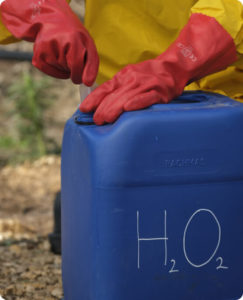
1. [flow rate of the irrigation system per hour] x [the number of hours of injection required] = the total volume of water to be treated
2. [total volume of water to be treated] x [peroxide to be injected (the quantity that you calculated above)] = the total volume of peroxide required
3. [flow rate of the fertigation injection pump per hour] x [the number of hours of injection required] = the total volume of mixture to be injected by the pump
Of this mixture, we need to know how much is peroxide, and how much is water.
4. [total volume of mixture to be injected] – [total volume of peroxide required] = the amount of water that needs to be mixed with the peroxide into the operational tank to be injected
Example
Scenario
• Target ppm at injection: 70 ppm H2O2
• Peroxide source concentration: 35%
• Irrigation system flow rate: 90 m³/h (396 gpm)
• Injection duration: 45 minutes (0.75 hours)
• Injection pump: capacity of 40 liters/hour (10.6 gal/hour)
Metric Measurements
Calculations for total volume of peroxide to be injected per hour
flow rate (m3/h) x desired concentration at the injection point / % (as a whole number) x 10 = l/h to be injected
90 m3/h x 70 ppm / 35 x 10 = 18 l/h to be injected
Note: The above is per hour. However, in this example, we are only treating for 45 minutes (0.75 hour).
Therefore, we need to convert all hourly units to 45 minutes by multiplying by 0.75.
Because of this, we multiply the 18 l/h of peroxide to be injected by 0.75 = 13.5 l to be injected.
Calculations for rates of injection and dilution
1. Total volume of water to be treated: (90 m3 x 0.75) = 67.5 m3
2. 40 liters/hour injection capacity of the pump multiplied by the injection period (0.75 hour) = 30 liters total volume of mixture to be injected
3. Take the total volume of mixture to be injected (30 l) and subtract the peroxide (13.5 liters) = 16.5 liters of water to be in the mixture
4. As such, there will be 13.5 liters of peroxide and 16.5 liters of water that is injected over the 45 minutes of injection
US Measurements
Calculations for total volume of peroxide to be injected per hour
flow rate (gpm) x desired concentration (ppm) at the injection point / % peroxide (as a whole number) x 167 = gph to be injected
396 gpm x 70 ppm / 35 x 167 = 4.74 gph to be injected
Note: The above is per hour. However, in this example, we are only treating for 45 minutes (0.75 hour).
Therefore, we need to convert all hourly units to 45 minutes by multiplying by 0.75.
Because of this, we multiply the 4.74 gph of peroxide to be injected by 0.75 = 3.55 gal to be injected.
Calculations for rates of injection and dilution
1. Total volume of water to be treated: (396 gpm x 45 min) = 17,820 gallons
2. 10.6 gal/hour injection capacity of the pump multiplied by the injection period (0.75 hour) = 7.95 gallons total volume of mixture to be injected
3. Take the total volume of mixture to be injected (7.95 gal) and subtract the peroxide (3.55 gal) = 4.4 gallons of water to be in the mixture
4. As such, there will be 3.55 gallons of peroxide and 4.4 gallons of water that is injected over the 45 minutes of injection


